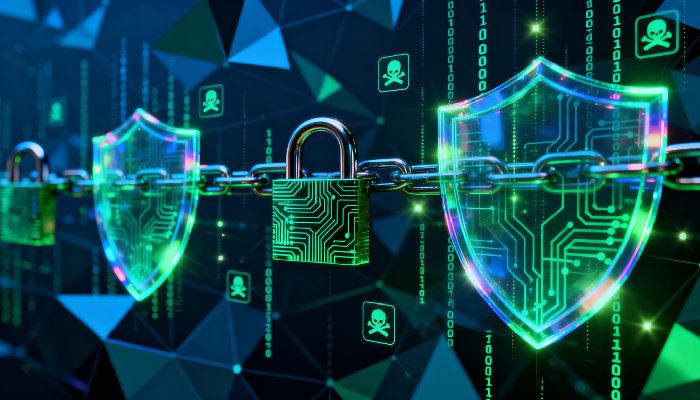Analysis of Accel’s 2025 Globalscape Report shows how AI-driven automation is outpacing enterprise security readiness worldwide.
CyCognito, a leader in external attack surface management, has released an analysis of Accel’s 2025 Globalscape Report, warning that enterprises are entering a critical phase of AI adoption where innovation is advancing far faster than security controls can adapt.
The report reveals that trillions of dollars in AI infrastructure investment and the rapid deployment of autonomous systems and agentic automation are reshaping the digital landscape. However, this surge in compute capacity, machine-led decision-making, and AI-native applications is also expanding enterprise attack surfaces at an unprecedented rate.
According to Globalscape, major technology companies collectively added nearly $5 trillion in market value over the past year, largely driven by AI strategies. Yet the same momentum is introducing shadow infrastructure, unsecured APIs, forgotten cloud workloads, and misconfigured AI endpoints, creating blind spots that adversaries are beginning to exploit.
The study predicts that global data center capacity for AI workloads will triple by 2030, requiring more than $4 trillion in new infrastructure spending. More than half of this capacity has already been committed by hyperscalers and AI model developers, illustrating how deeply AI has become embedded in business operations worldwide.
CyCognito’s findings suggest that as enterprises embrace AI-native systems, external exposure will increase across multiple dimensions — from identity and access management to data flow and cross-domain integration. The company’s analysis identifies emerging risks such as unauthorized agent behavior, prompt-based data leakage, and elevated access misuse within automated workflows.
The Globalscape Report concludes that AI security is set to become a top priority for CISOs by 2026, as businesses allocate larger budgets to safeguard AI-driven environments. CyCognito emphasizes that continuous, automated discovery and classification of externally reachable assets will be essential to protect against evolving attack vectors.
The company’s assessment reinforces a central message: as AI innovation accelerates, AI risk grows in parallel, requiring a fundamental rethinking of how enterprises secure, monitor, and manage their expanding digital ecosystems.




